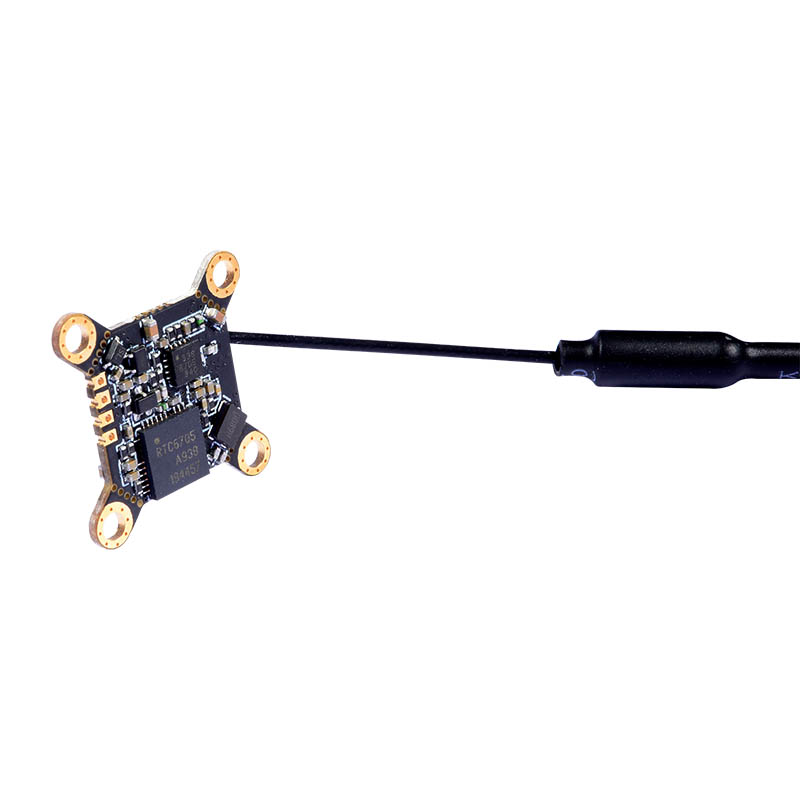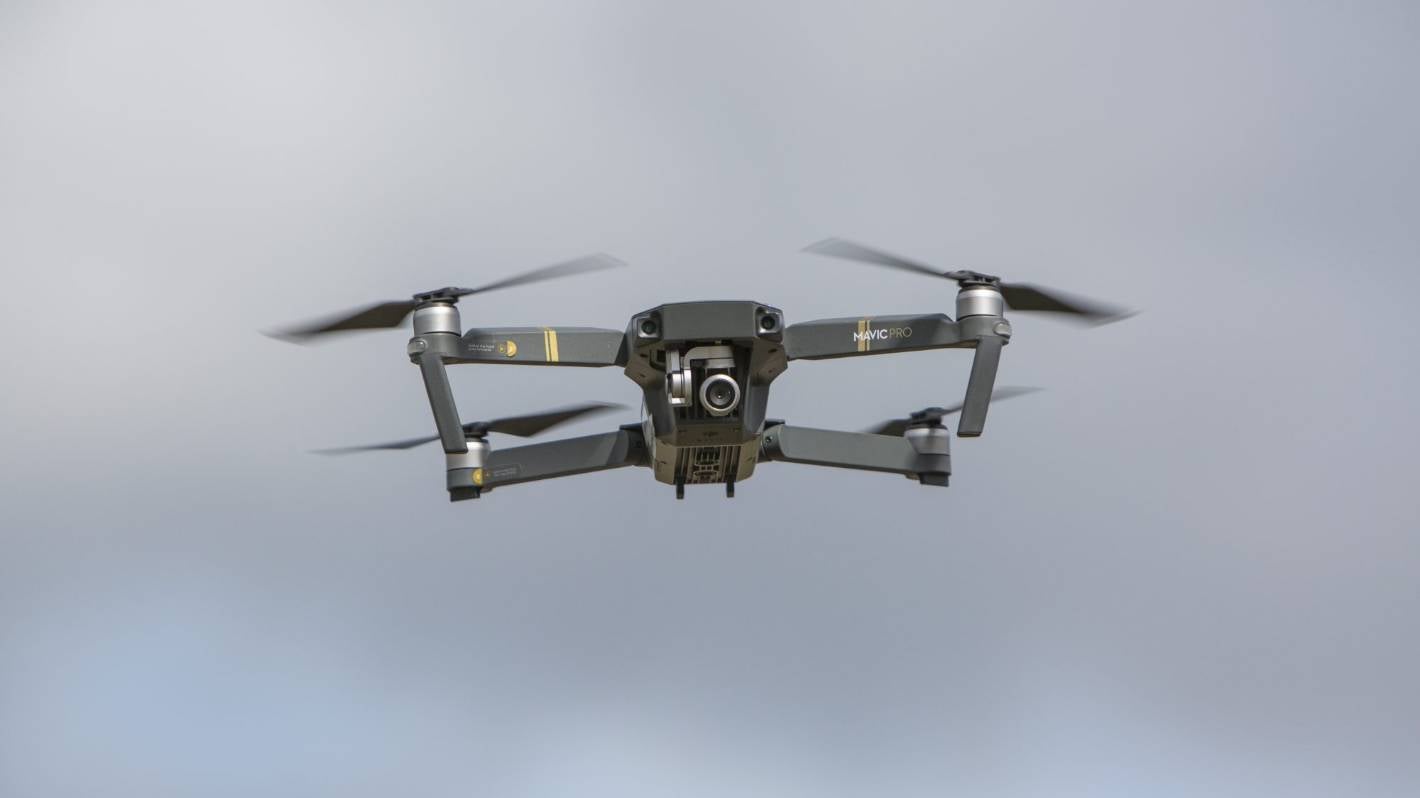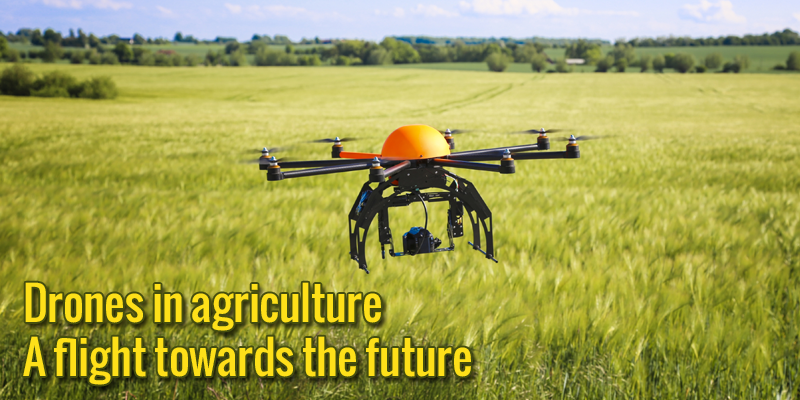
A drone can be a cost-effective and easy-to deploy aerial camera to help you farm. Drones that are commercial grade come equipped with multiple cameras and sensors. These sensors are able to provide accurate data that can help farmers detect problems and make repairs before they do any damage. Another benefit of drones is their portability, which makes them easy to use. A drone can be deployed quickly and easily to any farm or ranch.
Long flight duration
A long flight time is an important feature if you are looking to buy a drone for your farm business. To get detailed pictures of your crops, a drone should be able to fly for more than an hour. Fixed-wing drones are ideal for mapping large areas. Because they can scan multiple fields at once, agricultural drones require a long flight time.
Durability
Recognizing crop diseases is an important step in establishing drones' benefits for agriculture. Agriculture crops do not have the same history or development as conventional farming. Drones can identify crop problems and offer solutions that save time, money, and labor. Drones also reduce the amount of pesticides used in agriculture and industrial fertilizer. Drones can spray chemicals precisely where needed and can reduce runoff. This article examines the advantages and disadvantages of drones for agriculture.

SenseFly eBeeX
The SenseFly eBeeX agricultural drones can help farmers with many tasks including mapping out drains and identifying problems with irrigation lines. The dual-purpose RGB/multispectral mapping camera rigs of the drones can help to assess crop vigor and determine if irrigation lines have stopped working. They can also be used to detect weed infestations or other problems on the ground.
XPlanet crop-spraying drone
XPlanet manufactures agricultural UAVs. They use RTK technology to precisely spray a particular crop. The drones are made to withstand adverse weather conditions and have an IP65 rating. The propellers produce a strong downward draft which reduces drift and allows for more efficient chemical application. The drones can cover an area of 18 hectares each hour and employ a centrifugal pump to evenly distribute the liquid to the desired crops. They can also be fitted with a JetSeed granule spreader, allowing farmers to apply fertiliser and seeds without the risk of damage to the soil.
Parrot Sequoia+
The Parrot Sequoia+ is a new crop monitoring drone designed specifically for agriculture. The multispectral sensor, which is cost-effective and affordable, captures data from four bands of light to provide accurate assessment of crop health and conditions. It can easily be mounted to any unmanned aerial device, such a chopper or farm tractor. Here are some features of the new drone:

DJI Matrice 100
The DJI Matrice 100 drone can be used for agricultural purposes. It can fly for up to 40 minutes with its dual battery system and is compatible both with one and more sensors. The drone can also be controlled remotely making it an ideal tool in the field for farmers. The app has specialized algorithms that allow farmers to analyze aerial photos. It can be used to monitor drone health and take necessary emergency actions. The DJI Matrice 100 drone is easily controlled via a mobile application.
FAQ
Is it possible to fly my drone in my backyard?
Yes! These are called UAVs (unmanned aerial vehicles). There are many types of drones on the market today, including small quadcopters and large fixed-wing aircraft. The FAA recently updated its rules regarding commercial UAV use. You can now legally fly them to business purposes. But, it is important to note that UAVs being flown near airports can interfere with air traffic control systems. Before you operate one, you need permission from local authorities.
Do I need any special training to fly drones?
To fly your drone, you don't have to be an expert in flight mechanics. You only need a remote controller unit and basic knowledge about flight mechanics.
What are the laws around flying drones?
The Federal Aviation Administration (FAA), oversees all aspects of drone operation in the United States. The FAA must issue a certificate before you can commercially operate a drone. First, you need to take a course about piloting and pass an exam. Finally, you must pay a fee to the agency.
Where Are Drones Banned?
The FAA has banned drones from flying near airports, stadiums, sporting events, nuclear power plants, hospitals, prisons, and other restricted areas. They do allow drones to fly at night with GPS technology.
What US states do drones are legal in?
Legally, you can operate a drone to perform hobby tasks. Federal Aviation Administration (FAA), has issued guidelines that allow you to use small unmanned aircraft systems (UASs). These UASs must be registered with the FAA before they can be flown. If certain conditions are met the FAA will allow commercial operators to fly these drones.
Statistics
- Research and Markets predict a growth rate of 51.1% over the next five years. (thedroneu.com)
- According to Indeed, a drone pilot gets paid $25.73 per hour on average in the US. (dronesgator.com)
- According to industry research from ZipRecruiter , there are 10 cities where the typical salary for a Drone Pilot job is above the national average. (dronesgator.com)
External Links
How To
What is a battery pack and how do I replace it?
The main power source for your drone's motors is the battery pack. These packs provide enough power to keep your quadcopter in flight safely and smoothly.
The difference in the battery pack between a drone you already own and a new one that you purchase will not be noticeable. But, over time, your battery pack will slowly become worn down. It might eventually stop functioning altogether. To ensure your drone continues to operate properly, you'll have to replace its battery pack.
When replacing a battery pack, it's best to use an original replacement part. If you install a faulty pack, your drone could be damaged.
Follow these steps to replace a battery.
-
Disconnect your battery connector cable. This ensures your drone doesn’t receive any electricity. You can remove the battery connector from the drone by pulling it out.
-
Unscrew and remove the battery pack. Take the battery pack out of the bottom part of your quadcopter. The battery pack will usually fall apart into two pieces.
-
Locate and replace the battery contacts. Once you've removed the battery pack, look around for the battery contacts. These tiny metal pins connect to the battery and other components of the drone.
-
Install the new battery. Next, insert the new battery into your drone. Then align the battery connectors on the battery pack's two sides. Then, push the battery pack onto the drone. Once the battery is in place, tighten all bolts.
-
Attach the battery connector cable. After installing the new battery pack, reconnect the battery connector cable to the drone.
-
Test the drone. Test your drone before flying it again. If it does, then congratulations!